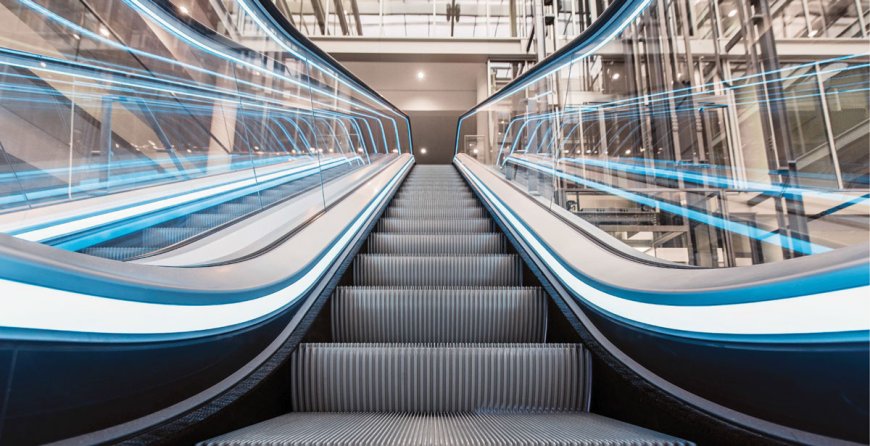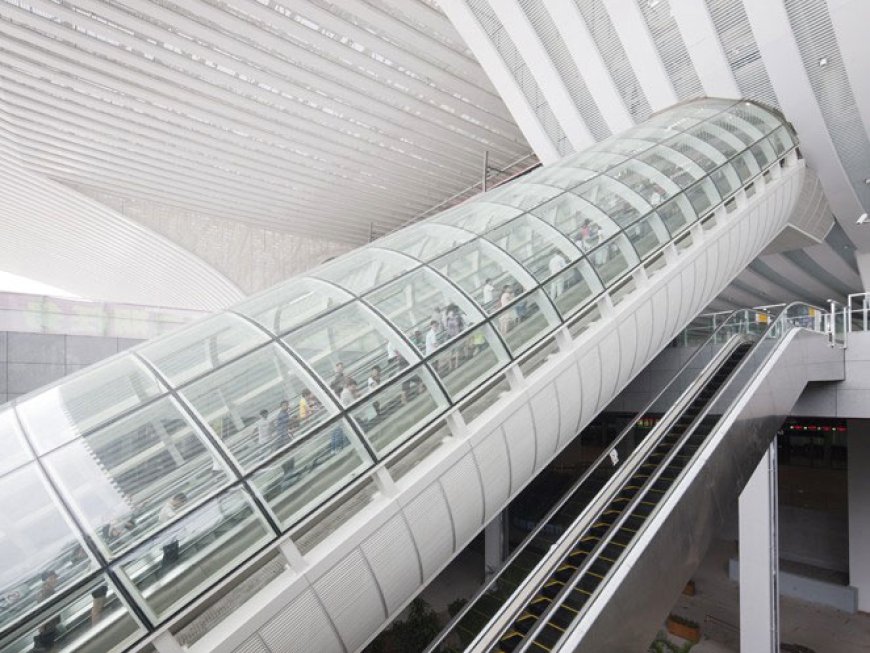Impact of growing metro network on Indian REAL ESTATE industry and ELEVATOR industry

The collaboration between infrastructure development and the real estate sector in India yields mutually beneficial outcomes. Well-planned transportation networks, such as highways and metro systems, serve as magnets for investments and businesses. These metro projects not only enhance public transportation but also significantly influence real estate markets, thereby stimulating demand in the elevator industry.
The introduction of new metro lines improves accessibility and connectivity within and beyond urban areas, fostering urbanization and economic growth, particularly in Tier II and Tier III cities. Accessibility to airports, highways, and metro stations is crucial for homebuyers and businesses seeking strategic locations. Moreover, enhanced transportation infrastructure supports the growth of satellite towns and suburban areas, alleviating the pressure on overcrowded urban centers.
Impact of metro connectivity on elevator industry
India’s metro network is expanding at an unprecedented pace. Currently, construction work is in progress on metro rail projects covering 986 km in various cities such as Navi Mumbai, Pune, Kanpur, Agra, Meerut and Surat. The country’s metro network boasts of a daily ridership of around one crore and has brought about a transformational change with greater comfort, stability and security in urban mobility.
The growth of metro connectivity significantly influences the elevator industry, sparking both increased demand and technological advancements. As cities expand and urban transit systems develop, there is a greater need for high-rise buildings near metro stations to accommodate the rising number of commuters and residents. This urban concentration requires the installation of more elevators in residential, commercial, and mixed-use buildings to ensure efficient movement between floors.
The integration of metro systems with other public transportation forms has encouraged the development of new elevator technologies, including high-speed elevator, destination control systems, and smart elevators with IoT capabilities, aimed at improving efficiency and user experience. Moreover, the emphasis on sustainability and energy efficiency in urban planning has driven the elevator industry to innovate greener technologies and materials. Overall, the interdependent relationship between metro connectivity and the elevator industry highlights the critical role of innovative infrastructure in shaping contemporary urban environments.
The growth of elevator industry
According to Technavio Market Research Report, the India elevator and escalator industry size is forecast to increase by USD 784.24 million, at a CAGR of 9.45% between 2023 and 2028. The growth of the industry is driven by various factors, including the proliferation of high-speed metro projects, indicative of the country's increasing urbanization and demand for efficient vertical transportation solutions.

Key factors driving elevator industry growth
Urbanization and population growth: As Indian cities continue to urbanize and populations increase, there is a growing need for efficient public transportation systems like metros. Elevators are integral to ensuring accessibility and ease of movement within metro stations, thereby supporting the overall functionality and convenience of these transportation hubs.
Increased infrastructure development: The construction of metro lines involves the establishment of numerous stations, each requiring vertical transportation solutions such as elevators and escalators. This has led to a surge in demand for elevators across cities where metro projects are underway or expanding.
Demand for high-quality, high-capacity elevators: Metro stations typically require elevators that can handle high traffic volumes efficiently and safely. This demand has pushed elevator manufacturers to innovate and develop elevators with enhanced capacity, speed, and reliability to meet the specific requirements of metro infrastructure.
Government initiatives and investments: Government initiatives and investments in metro projects across various states in India have provided a significant impetus to the elevator industry. These projects are often part of broader urban development plans aimed at easing traffic congestion, reducing pollution, and improving public transport connectivity.
Technological advancements: The elevator industry has seen advancements in technology, including smart elevators equipped with IoT (Internet of Things) capabilities, energy-efficient systems, and enhanced safety features. These innovations are increasingly incorporated into metro station designs to improve efficiency, reduce energy consumption, and enhance passenger experience.
Employment opportunities and economic growth: The expansion of metro lines stimulates economic growth by creating employment opportunities in construction, manufacturing, installation, and maintenance of elevators and related infrastructure. This contributes positively to the overall economy and industrial development of the regions involved.
Conclusion
In conclusion, the growth of metro lines in India has spurred the elevator industry by driving demand for advanced vertical transportation solutions that are essential for the efficient operation of metro stations and the facilitation of urban mobility.

Manish Mehan
CEO and MD, TK Elevator India







